

Audubon’s climate models predict that by 2080, this diurnal owl species could lose 77 percent of its current breeding range. Climate change will disrupt its winter range as well, leaving only 33 percent intact, shifting the remaining 67 percent elsewhere. The Burrowing Owl is already a species of conservation concern because modern agricultural practices have removed the prairie dogs and ground squirrels that it depends on to provide nesting burrows. Artificial burrows might help stem population declines in the coming decades.
This comical little raptor is an easily recognized icon of the grasslands and arid regions of western North America and Florida, and is widespread in the Caribbean, Mexico, Central America, and South America as well. This owl uses a variety of hunting methods. It may pursue large insects by hopping or running across the ground, but it also hunts insects and rodents by swooping down from a raised perch or from hovering flight. Hunting by day or night, it tends to take large insects during daylight in warm weather, small mammals at night or in winter. Lives in loose colonies and nests in underground burrows; while capable of digging its own, it often uses an existing hole provided by prairie dogs, skunks, or armadillos, and isn’t shy about moving into manmade burrows provided by conservationists. It is migratory in northern portions of its range, and inhabits open, treeless areas wherever it’s found—including agricultural fields, golf courses, cemeteries, and airports. Populations are declining in many areas.
Explore more birds threatened by climate change around the country.
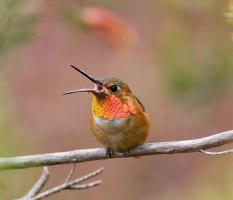
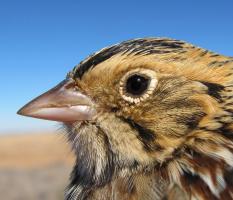
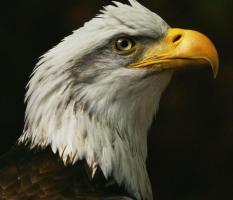
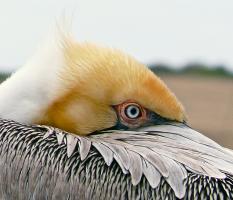

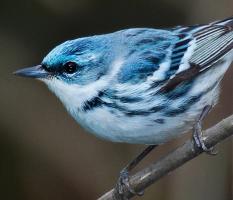
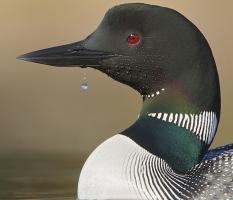
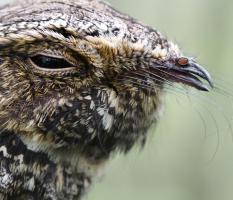





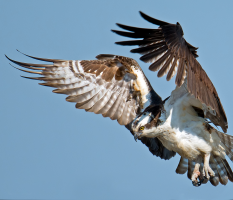
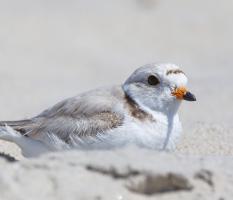

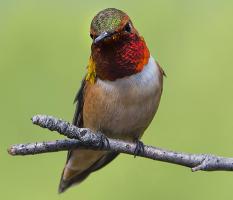

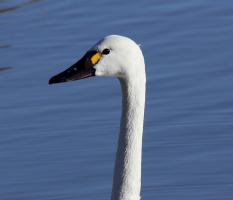
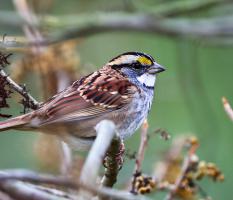

It's easier than you think to make a difference. Become an Audubon member today to help birds facing climate change.